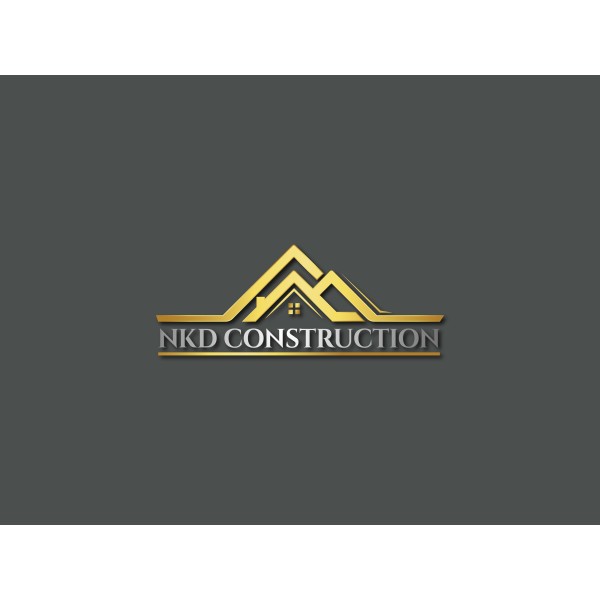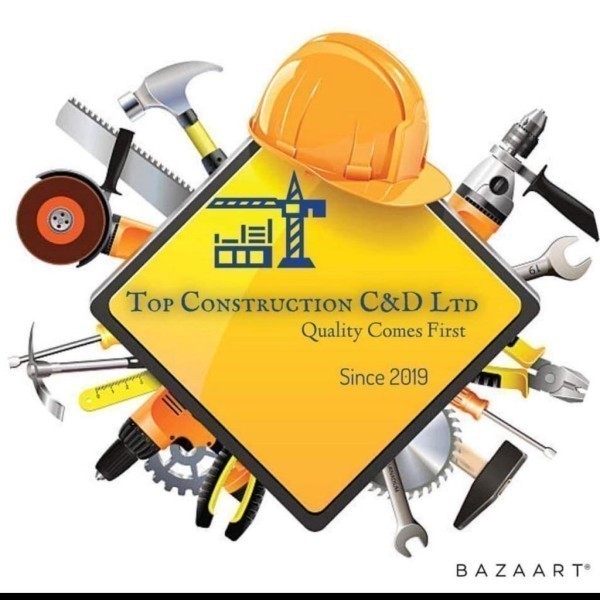Kitchen Fitters in Southwark, London
Filter your search
Post your job FREE and let trades come to you
Save time by filling out our simple job post form today and your job will be sent to trades in your area so you can sit back, relax and wait for available trades to contact you.
Post your job FREESearch Kitchen Fitters in Southwark, London by town
Understanding Kitchen Installation in Southwark
Kitchen installation in Southwark is an exciting venture that transforms a vital part of your home into a functional and aesthetically pleasing space. Whether you're renovating an old kitchen or building a new one, understanding the process and what it entails is crucial. This guide will walk you through everything you need to know about kitchen installation in Southwark, ensuring you make informed decisions every step of the way.
The Importance of Planning Your Kitchen Installation
Planning is the cornerstone of a successful kitchen installation. It involves more than just picking out cabinets and countertops; it's about creating a space that meets your needs and fits your lifestyle. In Southwark, where homes vary from modern apartments to historic houses, planning is essential to accommodate different architectural styles and space constraints.
- Assess Your Needs: Consider how you use your kitchen. Do you cook often, or is it more of a social space?
- Set a Budget: Determine how much you're willing to spend. This will guide your choices in materials and appliances.
- Design Layout: Think about the kitchen triangle – the relationship between the sink, stove, and refrigerator.
Choosing the Right Kitchen Style
Southwark offers a diverse range of architectural styles, and your kitchen should complement your home's overall aesthetic. Whether you prefer a sleek, modern look or a cosy, traditional feel, there's a style for everyone.
- Modern Kitchens: Characterised by clean lines, minimalistic designs, and high-tech appliances.
- Traditional Kitchens: Often feature wood finishes, ornate details, and a warm, inviting atmosphere.
- Contemporary Kitchens: Blend elements of both modern and traditional styles for a unique look.
Selecting Quality Materials and Appliances
The materials and appliances you choose will significantly impact the functionality and longevity of your kitchen. In Southwark, where quality craftsmanship is valued, selecting durable and stylish options is key.
- Cabinetry: Opt for solid wood or high-quality MDF for durability.
- Countertops: Granite, quartz, and marble are popular choices for their durability and aesthetic appeal.
- Appliances: Energy-efficient models not only save money but are also environmentally friendly.
Hiring Professional Kitchen Installers
While DIY projects can be rewarding, hiring professional kitchen installers in Southwark ensures a high-quality finish and adherence to local building codes. Professionals bring expertise and experience, making the process smoother and more efficient.
- Experience: Look for installers with a proven track record in kitchen installations.
- Certifications: Ensure they are certified and insured to protect your investment.
- References: Ask for references or read reviews to gauge their reliability and quality of work.
Understanding Local Regulations and Permits
In Southwark, certain kitchen installations may require permits or adherence to specific regulations, especially if structural changes are involved. Understanding these requirements is crucial to avoid legal issues down the line.
- Building Permits: Required for significant structural changes or electrical work.
- Health and Safety Regulations: Ensure your kitchen meets all safety standards.
- Environmental Considerations: Consider eco-friendly options to comply with local sustainability initiatives.
Managing the Installation Timeline
Kitchen installation is a multi-step process that requires careful coordination to ensure timely completion. Understanding the timeline helps manage expectations and reduces stress.
- Initial Consultation: Discuss your vision and requirements with the installer.
- Design Phase: Finalise the layout and materials.
- Installation Phase: Includes demolition, installation of cabinets, countertops, and appliances.
- Final Touches: Painting, flooring, and any additional customisations.
Budgeting for Your Kitchen Installation
Setting a realistic budget is essential for a successful kitchen installation. It helps prioritise spending and ensures you get the best value for your money.
- Cost Breakdown: Allocate funds for materials, labour, and unexpected expenses.
- Financing Options: Explore loans or payment plans if necessary.
- Cost-Saving Tips: Consider refurbished appliances or DIY elements where feasible.
Incorporating Sustainable Practices
With growing environmental awareness, incorporating sustainable practices into your kitchen installation is both responsible and beneficial. Southwark residents are increasingly opting for eco-friendly solutions.
- Energy-Efficient Appliances: Reduce energy consumption and lower utility bills.
- Recycled Materials: Use recycled or sustainable materials for cabinets and countertops.
- Water-Saving Fixtures: Install low-flow taps and efficient dishwashers.
Maximising Space in Small Kitchens
Many homes in Southwark have compact kitchens, making space optimisation crucial. Clever design solutions can make even the smallest kitchen functional and stylish.
- Vertical Storage: Use tall cabinets and shelves to maximise vertical space.
- Multi-Functional Furniture: Consider foldable tables or extendable countertops.
- Smart Layouts: Opt for L-shaped or galley layouts to enhance flow and accessibility.
Ensuring Safety and Accessibility
Safety and accessibility should be top priorities in any kitchen installation. This is especially important in homes with children or elderly residents.
- Non-Slip Flooring: Choose materials that reduce the risk of slips and falls.
- Accessible Design: Ensure countertops and appliances are at a comfortable height for all users.
- Fire Safety: Install smoke detectors and have a fire extinguisher readily available.
Customising Your Kitchen Design
Customisation allows you to tailor your kitchen to your specific needs and preferences. In Southwark, bespoke kitchens are a popular choice for those seeking a unique touch.
- Personalised Features: Add custom cabinetry or unique lighting fixtures.
- Colour Schemes: Choose colours that reflect your personality and complement your home.
- Unique Layouts: Work with designers to create a layout that suits your lifestyle.
Maintaining Your New Kitchen
Once your kitchen installation is complete, proper maintenance is key to preserving its beauty and functionality. Regular upkeep ensures your kitchen remains a pleasant space for years to come.
- Cleaning Routine: Establish a regular cleaning schedule to keep surfaces and appliances spotless.
- Repairs and Upkeep: Address minor repairs promptly to prevent larger issues.
- Seasonal Checks: Inspect appliances and fixtures seasonally to ensure they are in good working order.
Frequently Asked Questions
- How long does a kitchen installation in Southwark typically take? The timeline can vary, but most installations take between 4 to 8 weeks, depending on the complexity of the project.
- Do I need a permit for kitchen installation in Southwark? Permits are required for structural changes or significant electrical work. It's best to consult with your installer or local council.
- What are the most popular kitchen styles in Southwark? Modern and contemporary styles are popular, but traditional designs also have a strong following.
- How can I make my small kitchen more functional? Utilise vertical storage, choose multi-functional furniture, and opt for smart layouts like L-shaped designs.
- Are there eco-friendly options for kitchen installations? Yes, you can choose energy-efficient appliances, recycled materials, and water-saving fixtures.
- What should I consider when hiring a kitchen installer? Look for experience, certifications, and positive references to ensure quality work.
Embarking on a kitchen installation in Southwark is a rewarding journey that enhances your home's value and functionality. By understanding the process, choosing the right materials, and working with experienced professionals, you can create a kitchen that meets your needs and reflects your style. With careful planning and consideration, your new kitchen will be a space where memories are made and shared for years to come.










